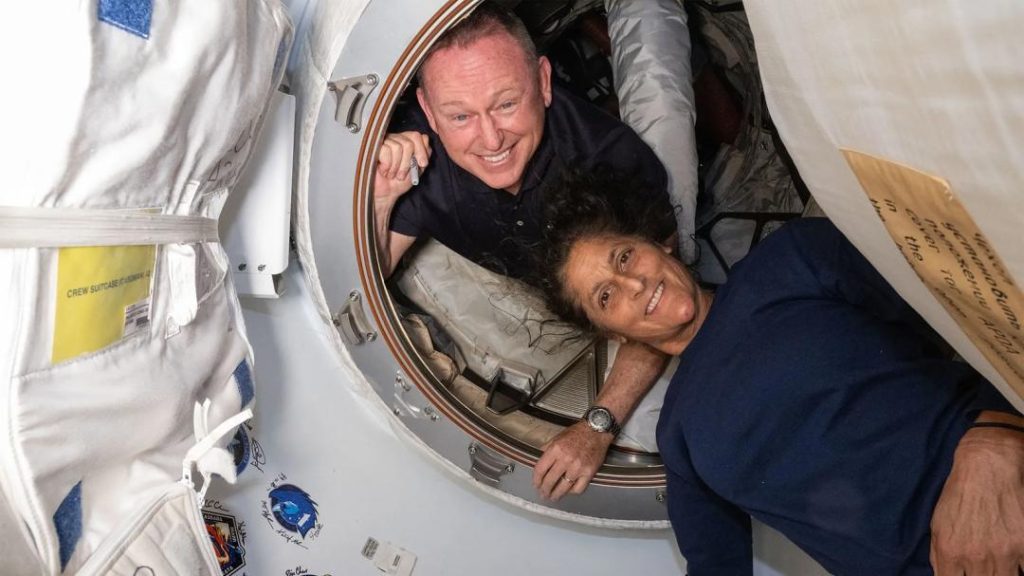
What challenges will Sunita Williams and Butch Wilmore face after returning to Earth?
Next week, astronauts Sunita Williams and Butch Wilmore will return to Earth after spending months in space as part of the International Space Station (ISS) crew. While their experience in space has undoubtedly been awe-inspiring, their return to Earth will come with its own set of challenges. As they reacclimate to life on our planet, they will face a range of physical and physiological difficulties that will make their readjustment to life on Earth a tricky one.
One of the most significant challenges they will face is the loss of bone density in space. Prolonged exposure to microgravity causes the body to lose calcium and other minerals, leading to a decrease in bone density. This can result in a condition known as osteoporosis, which can increase the risk of fractures and other bone-related injuries. To counter this loss, astronauts must engage in regular exercise and physical activity to stimulate bone growth and density. However, even with regular exercise, it may take several months for their bone density to return to normal.
Another challenge they will face is the development of what is commonly referred to as “baby feet.” This phenomenon occurs when the muscles in the legs and feet atrophy due to lack of use in space. As a result, astronauts often experience weakness and numbness in their legs and feet, making it difficult to walk or stand. This condition is usually temporary and can be alleviated with regular exercise and physical activity.
In addition to these physical challenges, astronauts also face a range of physiological difficulties when returning to Earth. One of the most significant is the loss of blood volume in space. Prolonged exposure to microgravity can cause the body to lose up to 20% of its blood volume, leading to a range of symptoms including dizziness, nausea, and fainting. This can be a serious issue, particularly during the early stages of re-entry, when the body is still adjusting to the gravitational forces of Earth.
Other physiological challenges astronauts may face include disorientation, fatigue, and difficulty sleeping. These symptoms can be caused by a range of factors, including the body’s natural response to changed gravitational forces, as well as the stress and fatigue associated with space travel.
So, how do astronauts prepare for these challenges before returning to Earth? The answer lies in a combination of physical and mental preparation. Before returning to Earth, astronauts engage in a range of exercises and physical activities designed to stimulate bone growth and maintain muscle mass. They also undergo regular medical check-ups and psychological evaluations to ensure they are mentally prepared for the challenges of re-entry.
In addition to these preparations, astronauts also undergo a range of re-entry training exercises designed to simulate the physical and physiological challenges they will face when returning to Earth. These exercises include walking and running, as well as other activities designed to stimulate bone growth and maintain muscle mass.
In conclusion, while Sunita Williams and Butch Wilmore’s experience in space has undoubtedly been a remarkable one, their return to Earth will come with its own set of challenges. From the loss of bone density to the development of “baby feet,” and from the loss of blood volume to disorientation and fatigue, they will face a range of physical and physiological difficulties as they reacclimate to life on our planet. However, with the right preparation and training, they will be well-equipped to overcome these challenges and return to their normal lives on Earth.






